The element potassium plays a pivotal role in our bodies. It’s found in all our cells, where it regulates their volume and pressure. To do this, our bodies carefully control potassium levels so that the concentration is about 30 times higher inside cells than outside. Potassium works closely with sodium, which regulates the extracellular fluid volume and has a higher concentration outside cells than inside. These concentration differences create an electrochemical gradient, or a membrane potential.
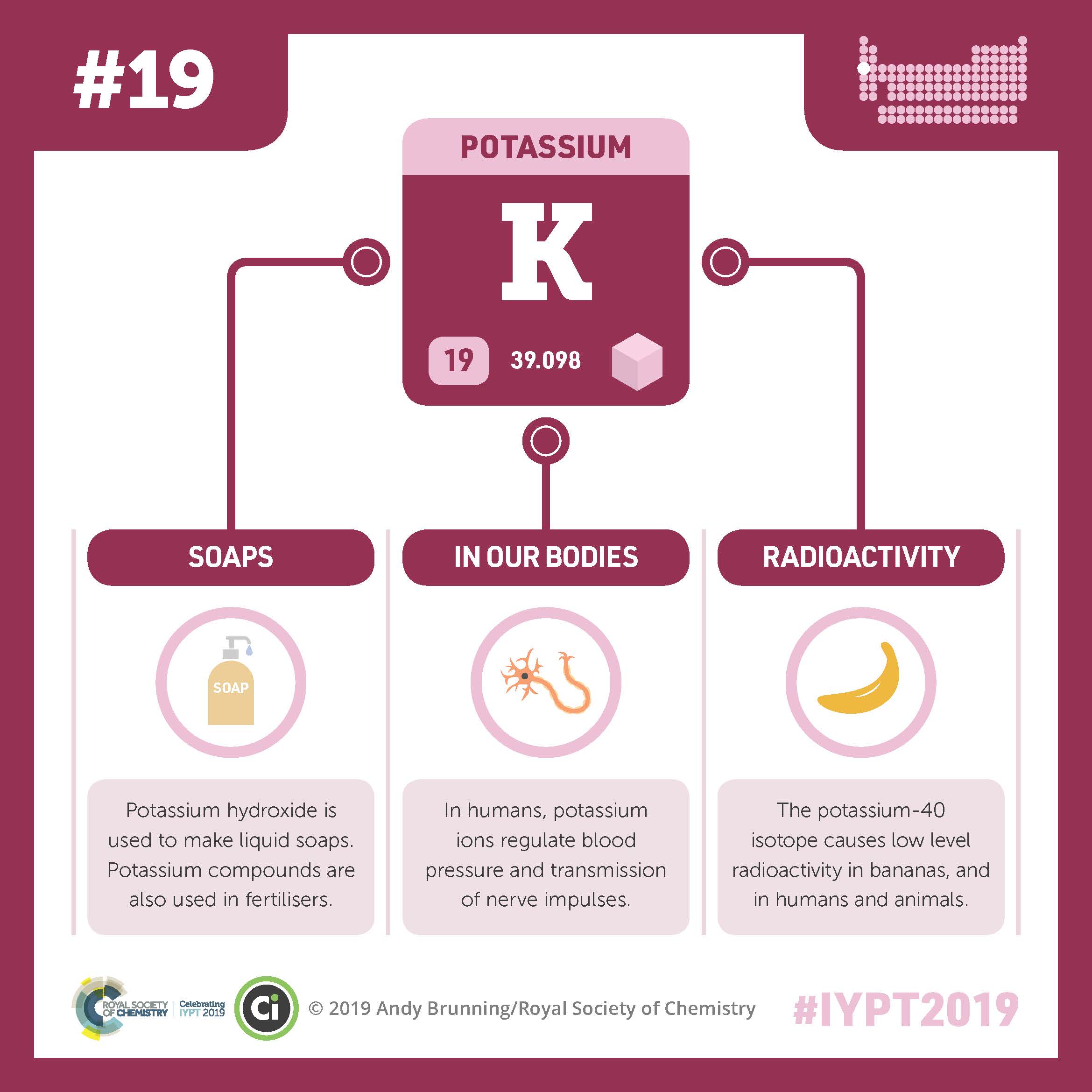 Potassium is the primary regulator of the pressure and volume inside cells, and it’s important for nerve transmission, muscle contraction, and more. Credit: Compound Interest CC BY-NC-ND 4.0. Click to enlarge.
Potassium is the primary regulator of the pressure and volume inside cells, and it’s important for nerve transmission, muscle contraction, and more. Credit: Compound Interest CC BY-NC-ND 4.0. Click to enlarge.


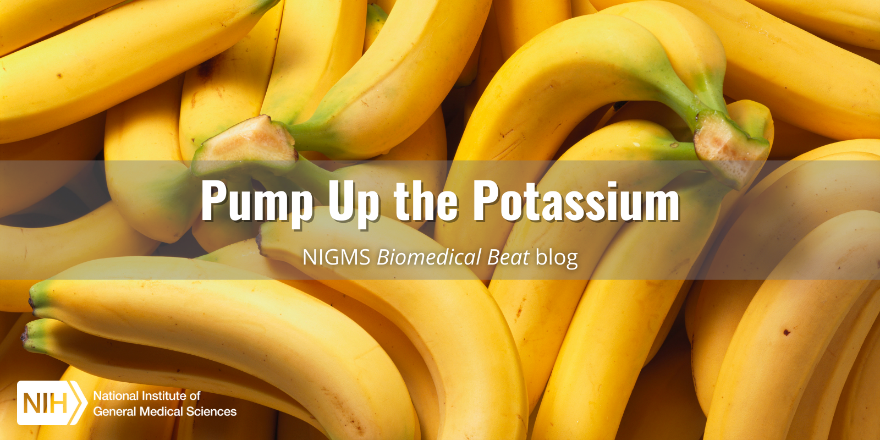
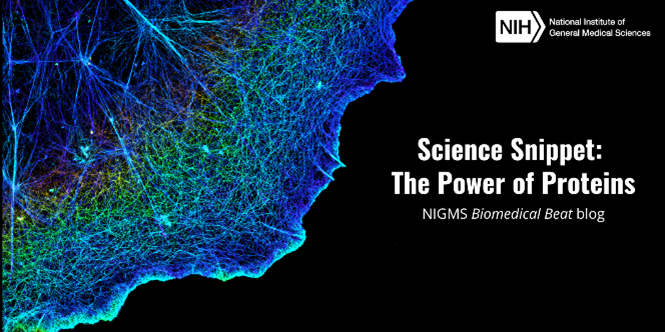
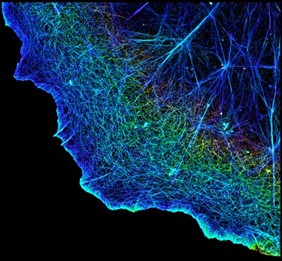

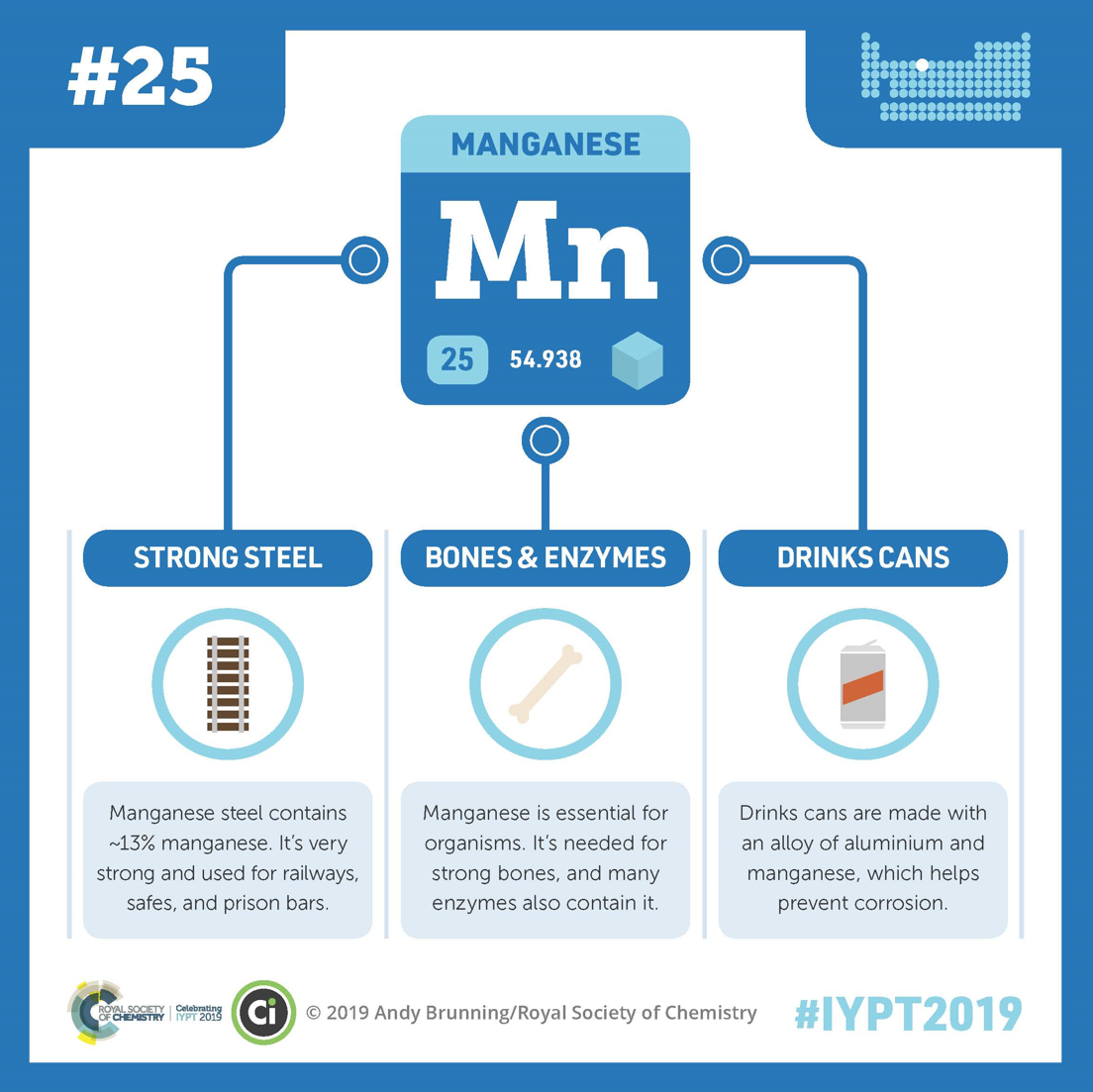
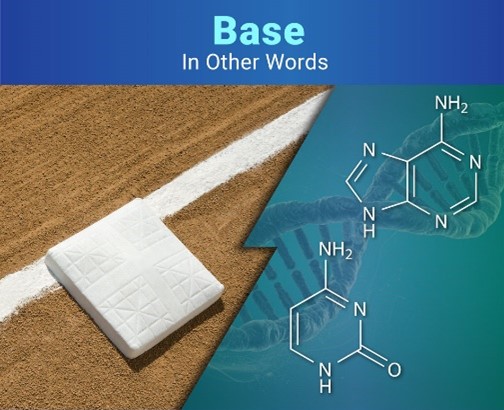
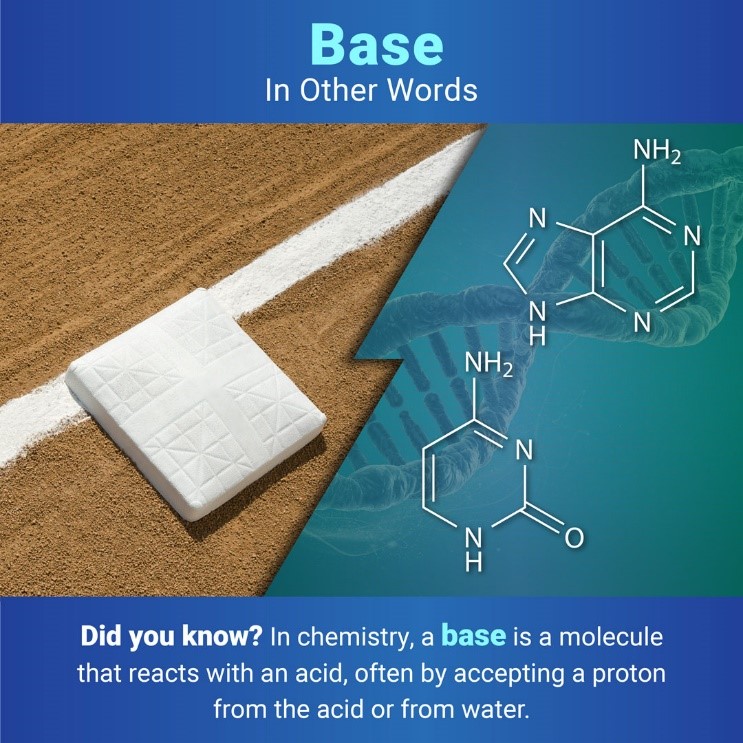
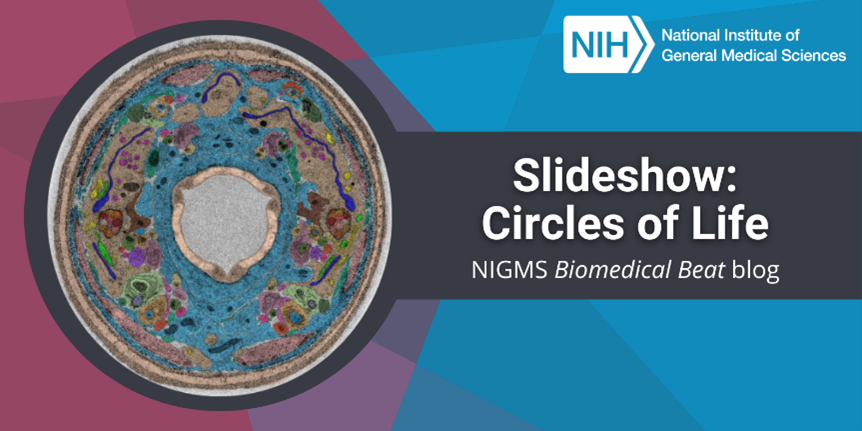
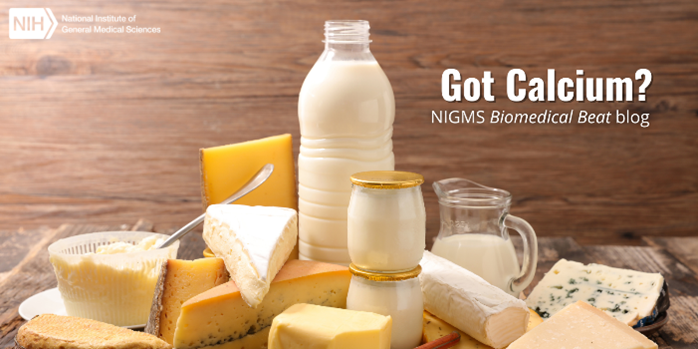
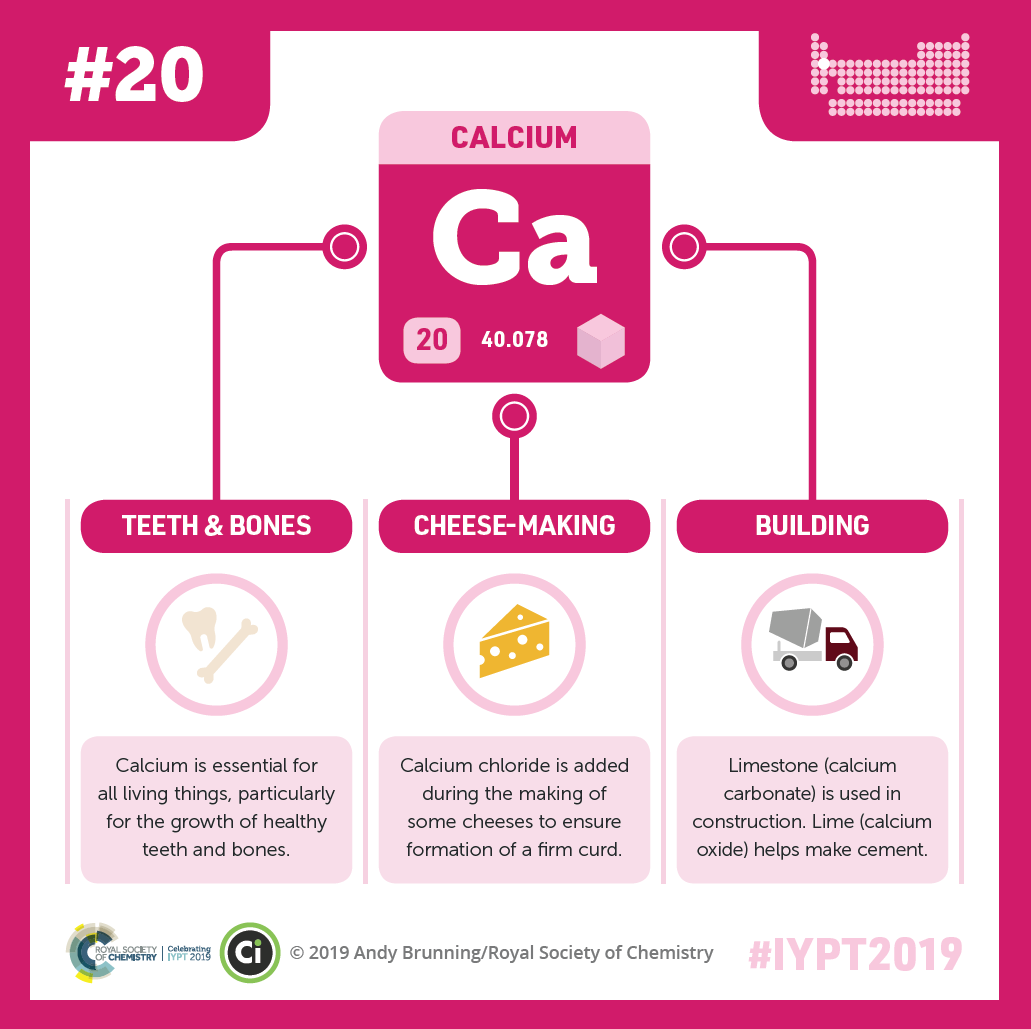

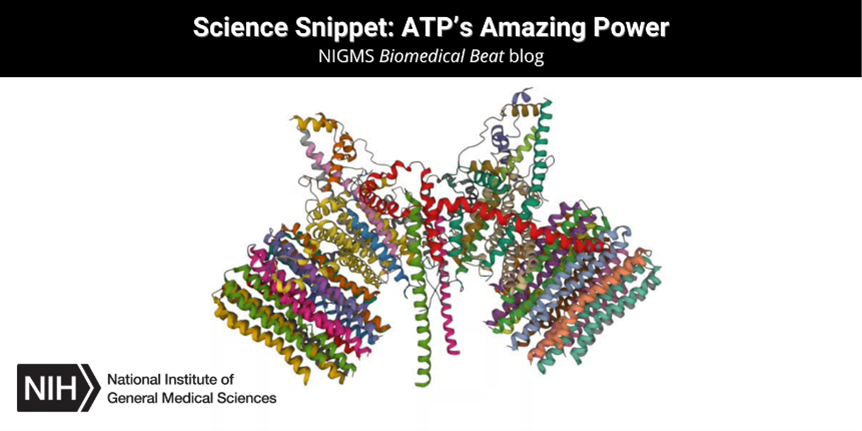
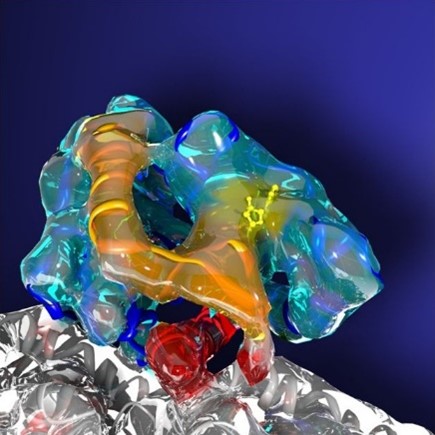
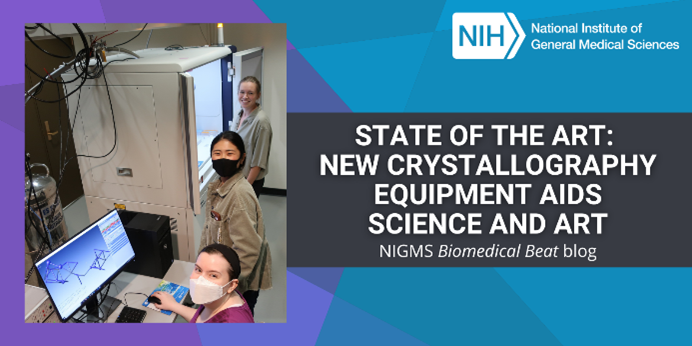
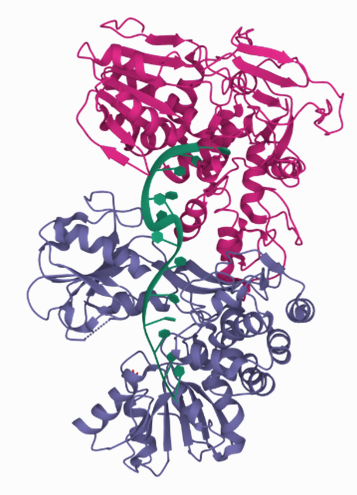
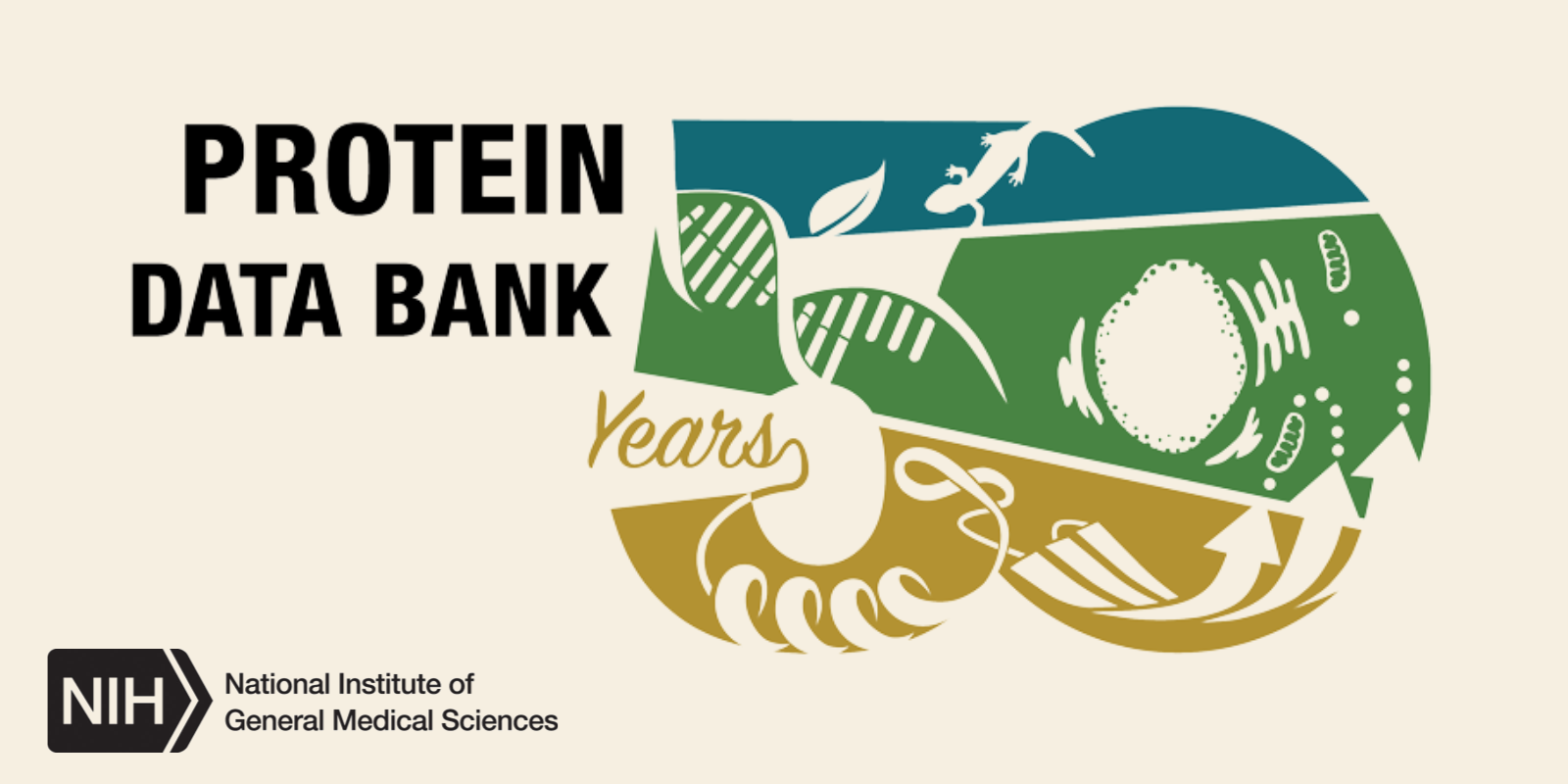
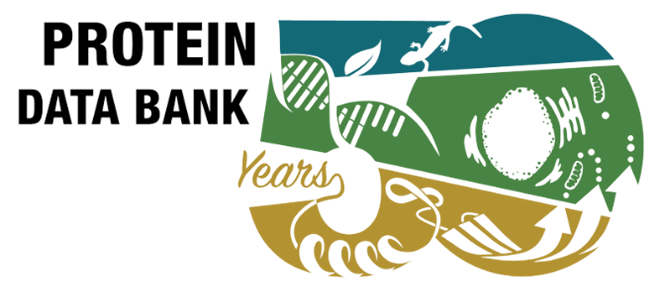 Protein Data Bank’s 50 years logo. Credit: PDB website.
Protein Data Bank’s 50 years logo. Credit: PDB website.